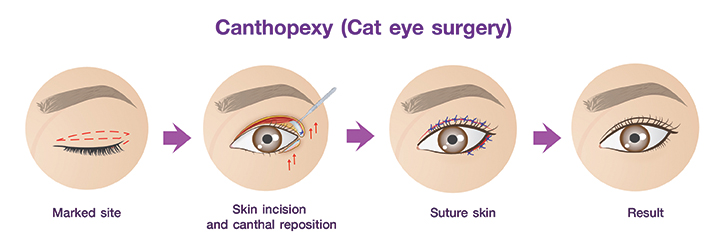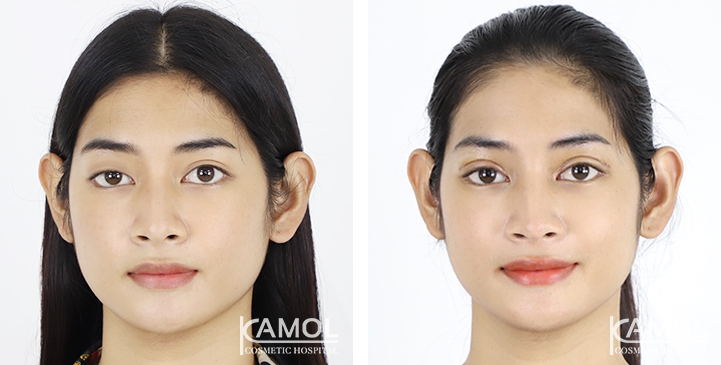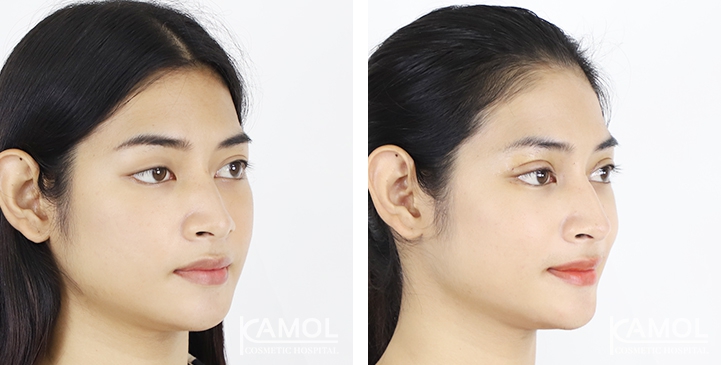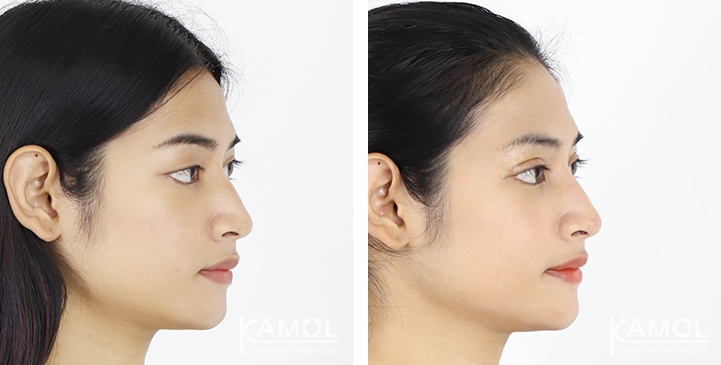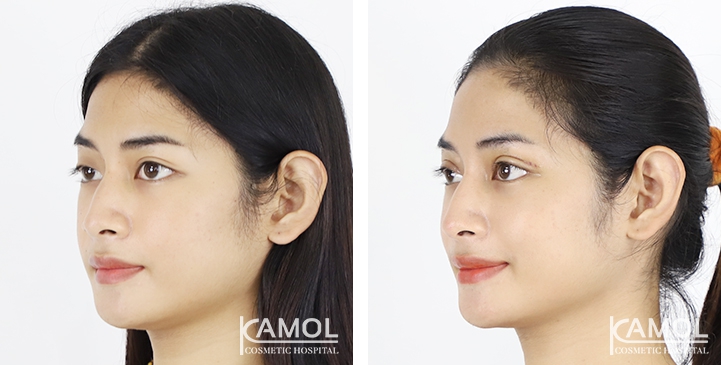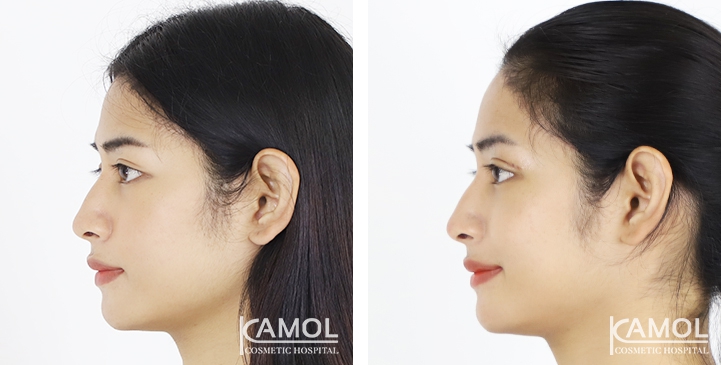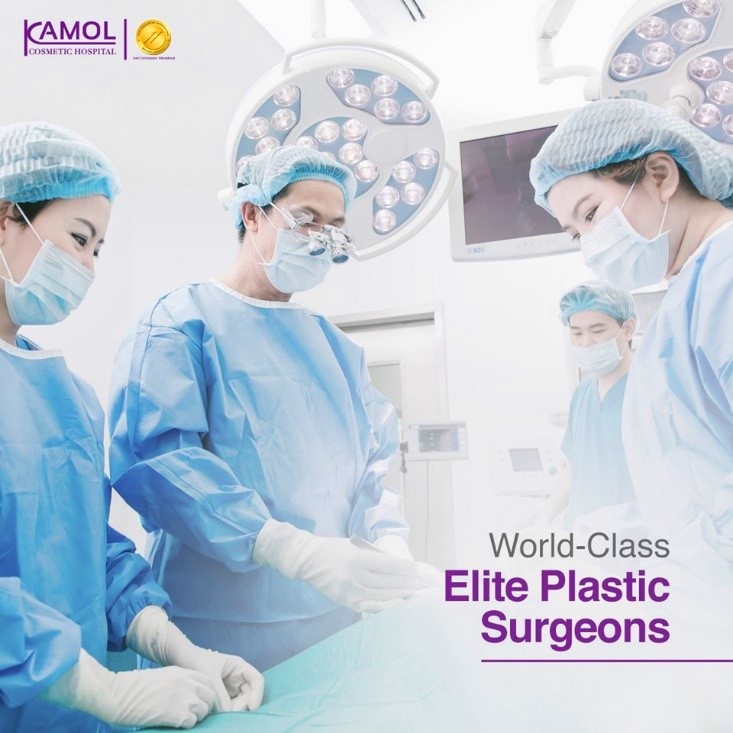Cat Eye, Fox Eye
The "cat eye" or "fox eye" procedure is a cosmetic eyelid surgery that is designed to create a more defined and lifted appearance to the outer corners of the eyes. It is similar to an eyelift, but it focuses specifically on the outer corners of the eyes and is intended to give the eyes a more "cat-like" or "fox-like" appearance.
The procedure can be done in combination with other eyelid surgery procedures such as blepharoplasty or brow lift. Recovery time may vary depending on the method used, but generally, patients can expect to have some swelling and bruising around the eyes for several days to a week.
What are the differences between Cat Eye and Fox Eye procedures?
The "cat eye" and "fox eye" procedures are similar in that they are both eyelid surgeries designed to create a more defined and lifted appearance to the outer corners of the eyes. However, the terms "cat eye" and "fox eye" can be used differently by different surgeons or clinics and may refer to slightly different techniques or outcomes.
Some differences could be:
The "Cat Eye" procedure may focus more on creating a subtle lift and definition to the outer corners of the eyes, while the "foxy eye" procedure may aim for a more dramatic lift and defined outer corners. might be done by using suture or fat repositioning method.
The "Fox Eye" procedure may be more invasive than the "cat eye" procedure and have a longer recovery time, and may involve removing a small strip of skin from the outer corner of the eyelid.
5.2 Canthopexy (Cat eyes) This is a minor surgical procedure that strengthens and stabilizes the lateral canthal tendon to tighten a drooping lower eyelid or ectropion. This method repositions the outside corner of the eye where the eyelids meet, restoring a youthful look. It can uplift the eye around 5 mm. See picture 10.
Picture 1. Shows Canthopexy (Cat eye surgery) procedures.
Who is a good candidate for Cat Eye/Fox Eye Surgery?
A good candidate for cat eye or fox eye surgery is typically an adult who is in good overall health and has realistic expectations about the outcome of the surgery.
Ideal candidates usually have:
- droopy or hooded outer corners of the eyelids
- excess skin or fat in the outer corners of the eyelids
- no significant underlying eye or eyelid problems
- no serious medical conditions that could increase the risk of complications during or after surgery.
The procedure is not suitable for people with:
- Active infection or inflammation in the eye area
- Serious eye conditions such as glaucoma, dry eye, or retinal problems
- Blood clotting disorders or tendency to form keloid scars
- Previous eyelid surgery.
- It is important to discuss your medical history and goals for surgery with a qualified and experienced surgeon to determine if this procedure is right for you.
What are the reasons for undergoing an Cat Eye/Fox Eye Surgery?
There are several reasons why a person may choose to undergo cat eye or fox eye surgery. Some common reasons include:
- Correct droopy or hooded outer corners of the eyelids
- Remove excess skin or fat in the outer corners of the eyelids
- Improve the appearance of the eyes and make them look more defined and lifted
- Achieve a more youthful and alert appearance
- Correct asymmetry in the eyes
- Restore self-confidence
What are the techniques used in the Cat Eye/Fox Eye Surgery?
There are several techniques that can be used in cat eye or fox eye surgery, and the choice of technique will depend on the individual case and the surgeon's preference and expertise. Some common techniques include:
- Suture technique: This technique involves making tiny incisions on the outer corner of the eyelid and using sutures to lift the outer corner of the eyelid.
- Skin excision technique: This technique involves removing a small strip of skin from the outer corner of the eyelid to lift the outer corner of the eyelid.
- Fat repositioning technique: This technique involves repositioning the fat in the outer corner of the eyelid to lift the outer corner of the eyelid.
- Combination technique: This technique involves a combination of the above methods, such as removing a small strip of skin and repositioning the fat.
The surgeon will choose the best technique depending on the patient's needs and goals, and will discuss the pros and cons of each method before the surgery, also note that the specific technique used may not be referred as "Cat Eye" or "Fox Eye" by all surgeons and may have different names like "Lateral canthoplasty" or "Lateral Canthopexy"
What are the preparations for Cat Eye/Fox Eye Surgery?
Preparations for Cat Eye/Fox Eye surgery typically include:
- Consultation: During a consultation with an experienced oculoplastic surgeon, you will discuss your desired results and have a comprehensive eye examination. You will also discuss any potential risks or complications that may arise from the surgery.
- Pre-operative testing: Before the surgery, you will likely have to undergo a series of tests, such as an MRI or CT scan, to ensure that your eyes are healthy and that there are no underlying issues that could affect the outcome of the procedure.
- Pre-operative instructions: Before surgery, you will be given instructions on how to prepare for the procedure. This will likely include avoiding certain medications, such as aspirin and ibuprofen, as well as avoiding alcohol and smoking. It is also important to ensure that you are well-rested and hydrated before the surgery.
- Anesthesia: Depending on the type of procedure, you may be given a local anesthetic to numb the area or a general anesthetic to put you to sleep during the surgery.
- Surgery: During the procedure, the surgeon will make small incisions around the eyes and remove excess tissue to create a more youthful and refreshed look. The surgeon may also use sutures to further refine the shape of the eyes.
- Recovery: After the surgery, you will need to rest and follow any post-operative instructions given to you by the surgeon. This will likely include wearing a protective eyewear, avoiding strenuous activities, and using cold compresses to reduce swelling.
Post-operative Care for Cat Eye/Fox Eye Procedure:
Post-operative care for Cat Eye/Fox Eye procedure typically includes the following:
- Avoid any strenuous activities such as exercise, heavy lifting, or any other activity that might strain the area for at least two weeks. Keep head elevated while sleeping for at least two weeks.
- Apply a cold compress over the eyes for 15 minutes every few hours to reduce swelling.
- Avoid touching, rubbing, or applying makeup around the eyes for at least one week.
- Keep the incisions clean and dry.
- Wear sunglasses and a wide-brimmed hat when outdoors for the first two weeks.
- Avoid direct sunlight for the first two weeks.
- Follow up with your doctor for routine check-ups.
It's important to closely follow the post-operative care instructions given to you by your surgeon to ensure a successful recovery and optimal results.
Risks and Complications of Cat Eye/Fox Eye Surgery:
While the results of the surgery can be very effective, there are risks and complications associated with the procedure that patients should be aware of before undergoing the procedure. Below are some of the risks and complications associated with Cat/Fox Eye Surgery:
- Risk of infection: As with any surgery, there is always a risk of infection. It is important to follow all pre- and post-operative instructions to reduce the risk of infection.
- Asymmetrical results: While the goal of the surgery is to create symmetrical eyes, it is possible that the results may be asymmetrical.
- Eyelid swelling: After the procedure, it is common for the eyelids to swell. This swelling may last up to two weeks and can cause discomfort.
- Dry eyes: After the procedure, patients may experience dry eyes due to the changes in the eye muscles.
- Scarring: Cat/Fox Eye Surgery can cause scarring, which may be visible.
- Vision loss: There is always a risk of vision loss, although this is rare.
- Pain: Pain is a common side effect of the procedure and can last for up to a week after the surgery.
Cat Eye or Fox Eye surgery can be an effective way to improve the appearance of the eyes, but it is important to understand the risks and potential complications associated with it. A qualified and experienced surgeon should be consulted before making any decision to ensure the best outcome.
Recovery:
Recovery from this surgery is an important part of the process and is key to achieving the desired results. Recovery Procedure:
- Take medications prescribed by your doctor to reduce swelling and pain.
- Apply topical ointment as directed.
- Wear sunglasses to protect your eyes from the sun.
- Sleep with your head elevated to reduce swelling.
- Avoid strenuous activities and exercise for 1-2 weeks.
- Avoid rubbing, scratching, or pressing on the surgical area.
- Follow up with your doctor as scheduled.
Cat Eye/Fox Eye Surgery can help you achieve a more youthful, attractive, and alert appearance. To ensure you get the results you desire, it is important to follow the recovery procedure outlined above. With proper care and attention, you can look forward to a successful recovery and beautiful results.
Getting to Know for Cat Eye / Foxy Eye
Foxy Eye Surgery vs Foxy Eye Non-Surgery
Foxy Eye Surgery vs Foxy Eye Non-Surgery
Benefits of Cat Eye or Foxy Eye Surgery
Benefits of Cat Eye or Foxy Eye Surgery
Before and After Cat Eye / Foxy Eye


